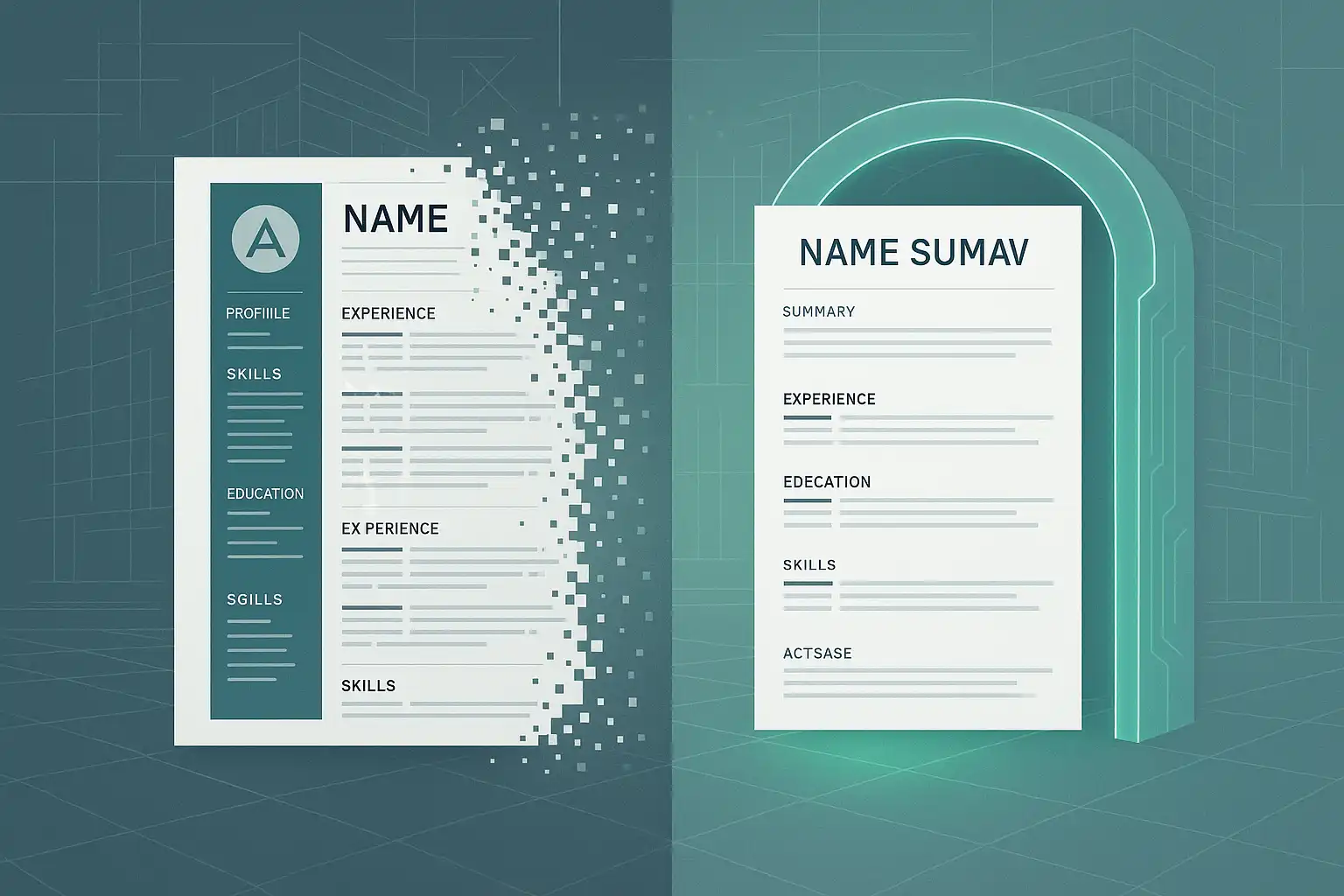- Home
- Articles
- Architectural Portfolio
- Architectral Presentation
- Inspirational Stories
- Architecture News
- Visualization
- BIM Industry
- Facade Design
- Parametric Design
- Career
- Landscape Architecture
- Construction
- Artificial Intelligence
- Sketching
- Design Softwares
- Diagrams
- Writing
- Architectural Tips
- Sustainability
- Courses
- Concept
- Technology
- History & Heritage
- Future of Architecture
- Guides & How-To
- Projects
- Interior Design
- Competitions
- Jobs
- Store
- Tools
- More
- Home
- Articles
- Architectural Portfolio
- Architectral Presentation
- Inspirational Stories
- Architecture News
- Visualization
- BIM Industry
- Facade Design
- Parametric Design
- Career
- Landscape Architecture
- Construction
- Artificial Intelligence
- Sketching
- Design Softwares
- Diagrams
- Writing
- Architectural Tips
- Sustainability
- Courses
- Concept
- Technology
- History & Heritage
- Future of Architecture
- Guides & How-To
- Projects
- Interior Design
- Competitions
- Jobs
- Store
- Tools
- More
Finding Architecture Lucrative Freelance Jobs: Top Platforms and Proven Strategies
Discover how to land lucrative freelance architecture jobs with tips on building a strong portfolio, leveraging digital platforms, and networking effectively. Learn to connect with high-paying clients globally, specialize in niches, and negotiate competitive rates to showcase your skills and creativity in a competitive market. Turn your architectural expertise into a thriving freelance career.

Breaking into the world of freelance architecture can feel like navigating an intricate blueprint. With the rise of remote work and digital platforms, opportunities for architects to thrive independently have never been more abundant. But how do we find the right gigs that not only pay well but also align with our skills and passion?
As architects, we know our creativity and technical expertise are in demand. The challenge lies in connecting with clients who value our work and are willing to invest in it. By understanding where to look and how to market ourselves effectively, we can unlock a steady stream of lucrative freelance projects that fuel our careers and creativity. Let’s explore how to turn our architectural talents into a thriving freelance business.
Table of Contents
ToggleUnderstanding The Freelance Architecture Market
The freelance architecture market thrives on project diversity and client demand. Architects undertake tasks ranging from residential designs, like home renovations, to commercial projects, such as office layouts. The market’s dynamic nature allows freelancers to specialize in niches like sustainable architecture or 3D visualization.
Clients in this market include individuals, businesses, and real estate developers. Individuals often request personalized home designs, while businesses may seek cost-effective commercial solutions. Developers look for innovative and scalable designs to boost property value.
Digital platforms play a pivotal role in connecting architects to clients. Websites like Upwork, Fiverr, and Houzz provide access to global opportunities, enabling architects to showcase portfolios, receive reviews, and secure contracts. Establishing an impressive online presence can significantly increase job prospects.
Location influences demand in freelance architecture. Urban regions with construction growth often offer more opportunities than less developed areas. However, remote work capabilities allow architects to overcome geographical limitations and compete globally.
Freelancers face competition, with experienced professionals and newcomers vying for the same projects. A well-defined niche and exceptional work samples can help stand out in this saturated market, leading to better contract opportunities.

Building A Strong Portfolio
An impressive portfolio is key to attracting high-paying freelance architecture jobs. It highlights our skills, creativity, and expertise, helping clients envision the value we bring to their projects.
Essential Elements To Showcase
Key elements make our portfolio stand out to potential clients. First, high-quality visuals such as 3D renderings, sketches, or photographs of completed projects demonstrate technical proficiency and design capabilities. Including a variety of project types, like residential, commercial, or public spaces, showcases our versatility and adaptability. For each project, precise descriptions emphasizing challenges faced, innovative solutions applied, and outcomes achieved provide critical context. Strong organization with a logical flow ensures clients can navigate the portfolio effortlessly.
Leveraging Previous Projects
Past projects offer credibility and evidence of our abilities. We include standout designs that support our niche or align with the types of freelance gigs we aim to secure. If client feedback is available, direct quotes or testimonials can reinforce trust. For architects new to freelancing, conceptual designs or academic projects may fill gaps. Each project section should explain the role we played, tools used, and measurable results, such as cost savings or functional improvements, to highlight our impact.

Platforms For Finding Architecture Lucrative Freelance Jobs
Freelancing platforms offer architects direct access to clients and projects. By utilizing both general freelancing websites and niche platforms, we can maximize opportunities.
Popular Freelancing Websites
General freelancing websites host thousands of projects across industries, including architecture.
- Upwork: With over 5 million clients, Upwork includes categories like CAD drafting, 3D rendering, and architectural design. The platform supports hourly or fixed-rate projects and offers tools for tracking time and deliverables.
- Fiverr: Fiverr focuses on specific services, making it ideal for selling architecture-related gigs like floor plans or 3D models. Sellers set their prices, simplifying cost management.
- Freelancer: Featuring a robust bidding system, Freelancer connects us with clients globally. Its extensive architecture section includes residential, commercial, and landscape projects.
Niche Platforms For Architects
Specialized platforms cater to the architecture field, offering higher visibility and tailored opportunities.
- Houzz: Houzz emphasizes residential design, connecting architects with homeowners for remodeling or custom projects. Its platform allows us to display portfolios and secure reviews.
- ArchiSnapper: This tool focuses on construction drawings and project management. Architects can find freelance roles requiring site visits or data input.
- COContest: A design competition site, COContest lets architects pitch designs to clients via contests, helping build exposure while earning rewards.
Combining general websites with industry-specific platforms increases client reach and supports career growth.

Networking And Building Client Relationships
Building strong connections is essential to finding lucrative freelance architecture jobs. By actively engaging with industry communities and fostering lasting relationships with clients, we can secure consistent work and grow our professional network.
Engaging With Industry Communities
Joining architecture-focused communities allows us to connect with peers, share knowledge, and identify potential clients. Platforms like LinkedIn, Archinect, and local architecture societies host discussions, events, and job postings. Engaging in these spaces by participating in discussions or sharing insights builds our visibility as experts.
Attending in-person or virtual networking events such as design expos, workshops, or webinars enables direct interaction with industry professionals. Offering value to conversations and following up after these interactions develops meaningful connections. Job boards, mentorship opportunities, and collaborations frequently arise from active participation in shared industry spaces.
Maintaining Long-Term Clients
Retaining clients ensures stability and recurring project opportunities. Consistent communication with regular updates on project progress strengthens trust. We can exceed expectations by adhering to deadlines and providing high-quality deliverables, leaving a positive impression.
Offering post-project support, such as addressing feedback and assisting with updates, adds value to our services. Maintaining a relationship through occasional check-ins and sharing industry insights or new services keeps us connected. Satisfied clients tend to return for future projects or refer us to their networks, broadening our opportunities.

Setting Competitive Rates
Establishing competitive rates is crucial to attracting clients while ensuring fair compensation for our skills and work. Striking the right balance between affordability and value can set us apart in the freelance architecture market.
Researching Market Standards
Understanding market rates helps us set benchmarks for our pricing. We should analyze pricing trends on platforms like Upwork and Fiverr, where freelancers often indicate hourly or project-based rates. For example, entry-level architects may charge $25–$50/hour, while experienced freelancers can command $75/hour or more. On niche platforms like Houzz, typical residential design projects may range from $1,500 to $5,000 based on scope. Comparing rates for similar experience levels, specialties, and project sizes ensures our rates align with client expectations.
Surveying industry reports and participating in architectural forums provides additional insights into competitive pricing. Regional differences are also critical, as freelance rates often reflect the economic conditions of our target markets. If we target high-demand markets like urban or international clients, prices can justify a premium.
Negotiating Effectively
Setting clear parameters before entering negotiations maintains our value without underselling our services. We should communicate the expertise, time, and resources required for each project upfront. Including specifics, such as 3D renderings, material planning, or revisions, ensures that clients understand what they’re paying for.
If clients request lower rates, offering alternatives like reduced scope or fewer revisions can help meet their budgets without compromising profitability. Highlighting our portfolio’s impact or sharing past project outcomes strengthens our position during discussions. For example, demonstrating how a design improved use of space or increased property value reinforces the justification for our rates.
Conclusion
Freelancing in architecture presents diverse opportunities for skilled professionals to explore creative and lucrative projects. By leveraging digital platforms, maintaining a compelling portfolio, and building strong client relationships, we can connect with clients who value our expertise. Specializing in niches and presenting clear evidence of our skills sets us apart in a competitive market.
Understanding pricing dynamics and negotiating effectively ensures fair compensation for our work. Consistent networking through online communities and industry events strengthens client connections and expands our reach. Combining these strategies, we position ourselves for sustained success in the freelance architecture domain.
- Alternative Jobs for Architects
- architectural consulting opportunities
- architectural design side jobs
- architectural writing job
- architecture gig economy
- architecture project management jobs
- architecture visualization freelance
- contract work in architecture
- interior design side jobs for architects
- landscape architecture side hustle
- online jobs for architects
- part-time work for architects
- passive income for architects
- rchitect freelance jobs
- real estate jobs for architects
- remote jobs for architects
- teaching jobs for architects
Submit your architectural projects
Follow these steps for submission your project. Submission FormLatest Posts
How Architects Can Pick the Perfect AI Resume Builder—A Practical Buyer’s Guide
Nearly every major architecture firm now routes applications through an applicant tracking...
Brand Strategy for Architects and Designers
Today, architects and designers must build strong brands that reflect their vision...
Why Students Choose to Study Architecture: Unpacking Passion and Career Opportunities
Explore the compelling reasons students choose to study architecture in this insightful...
Architecture Salary: How Much Do Architects Earn in 2025?
Discover the diverse salary landscape in architecture! From entry-level roles to leadership...












Leave a comment